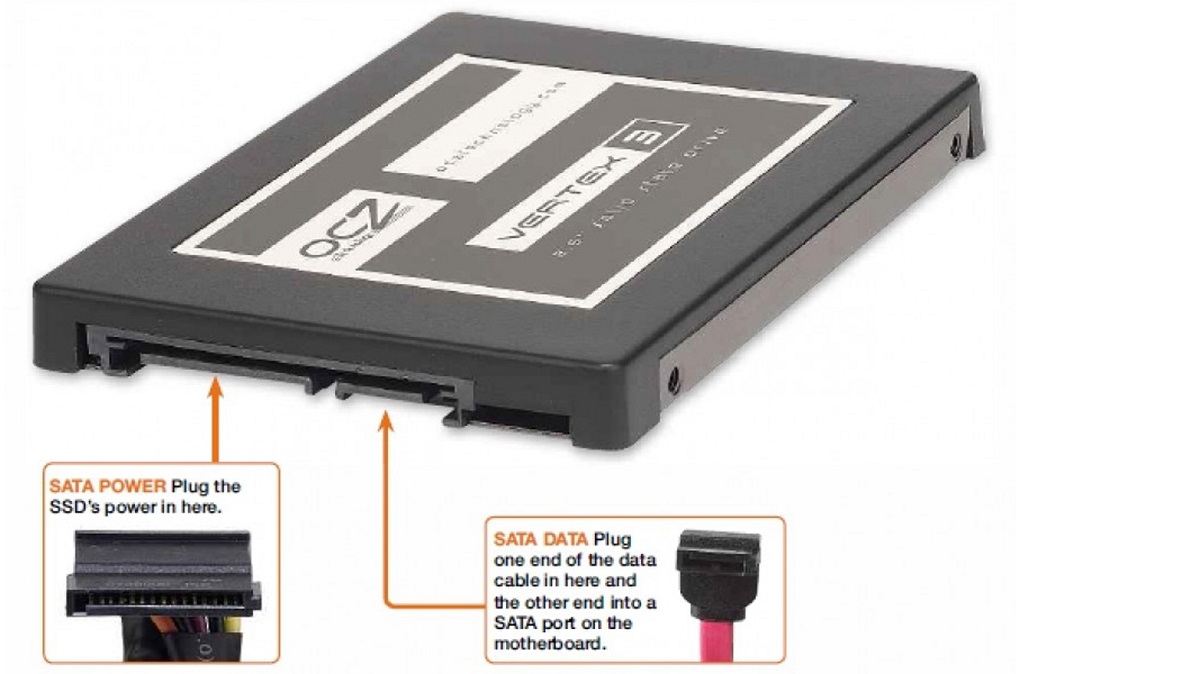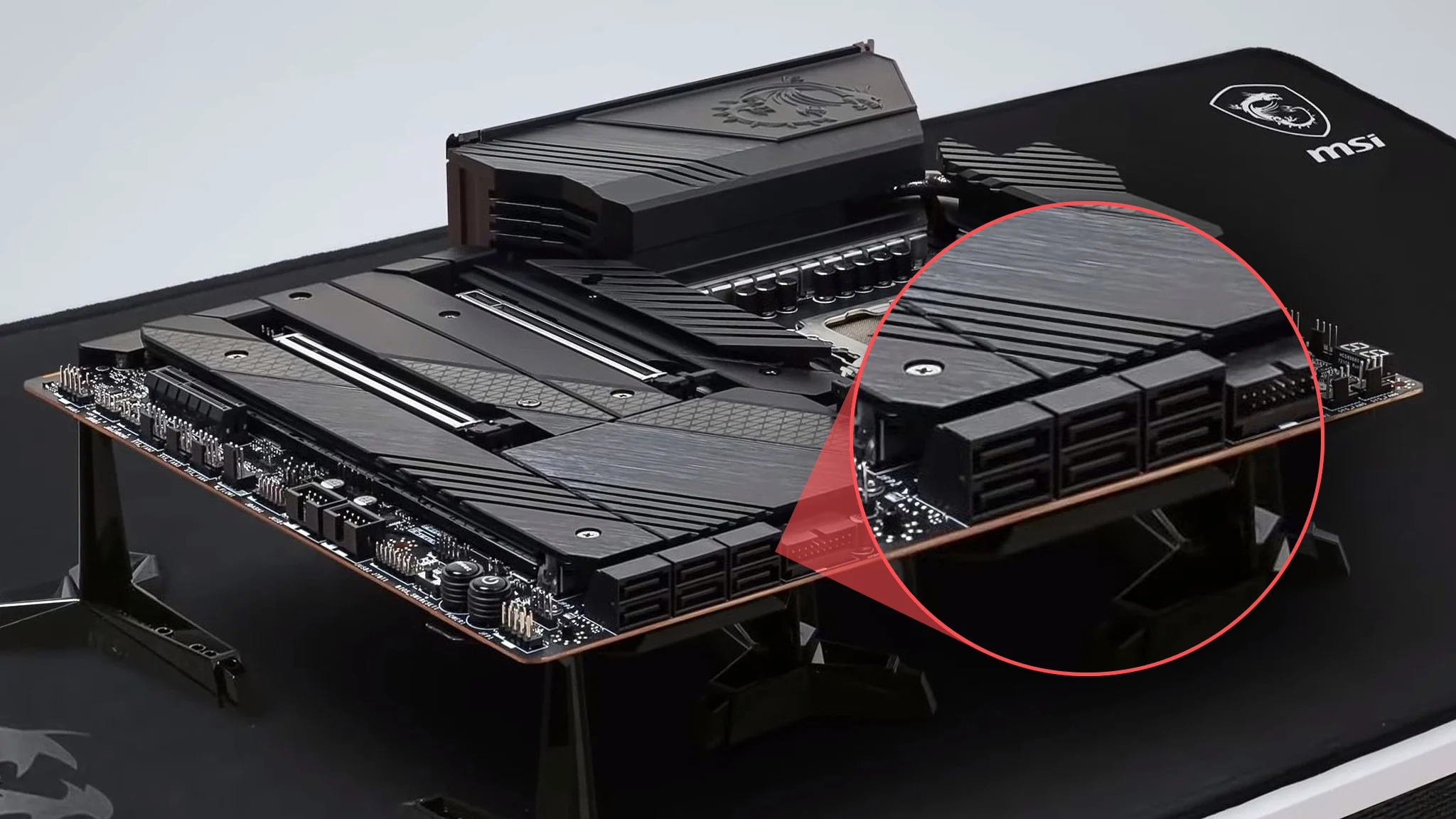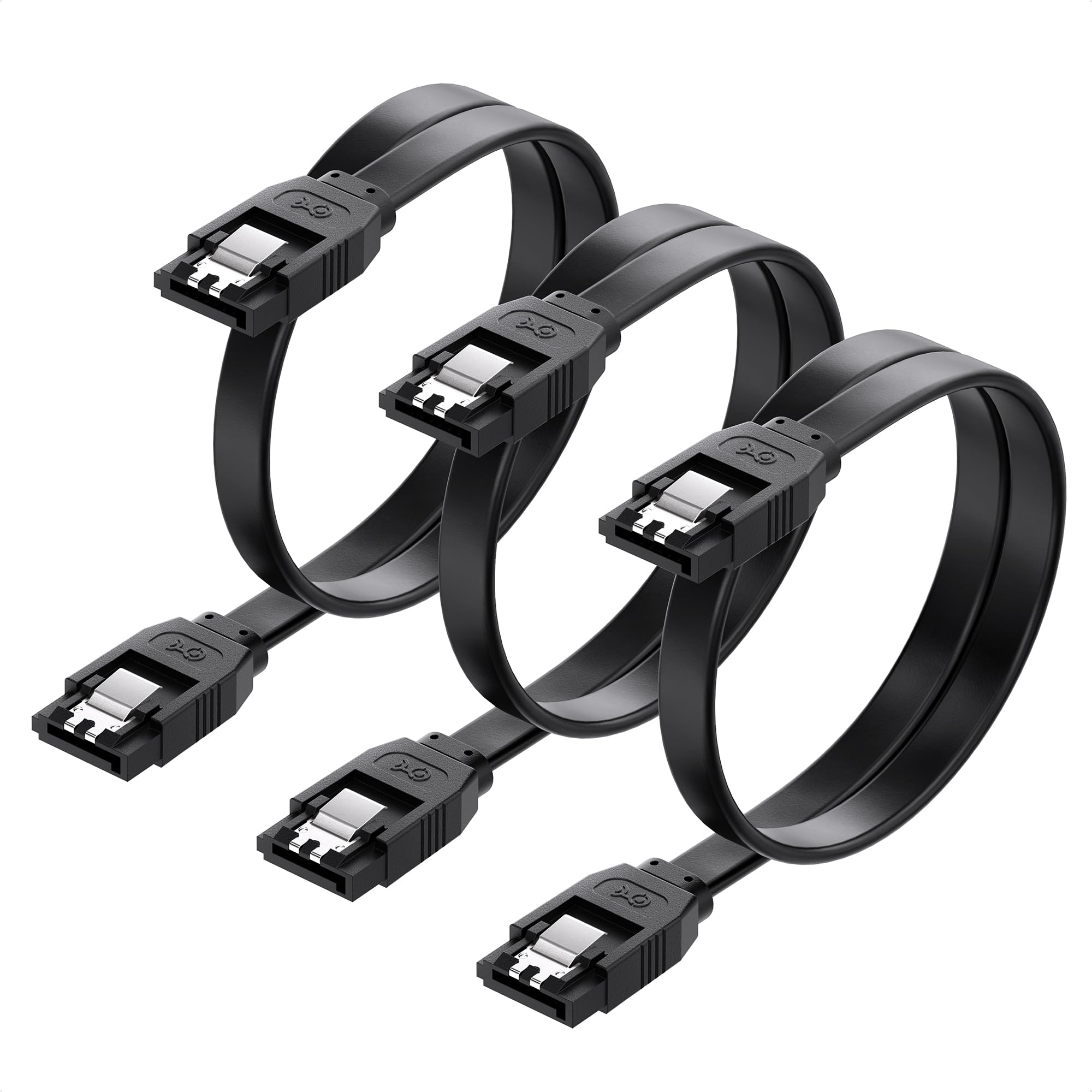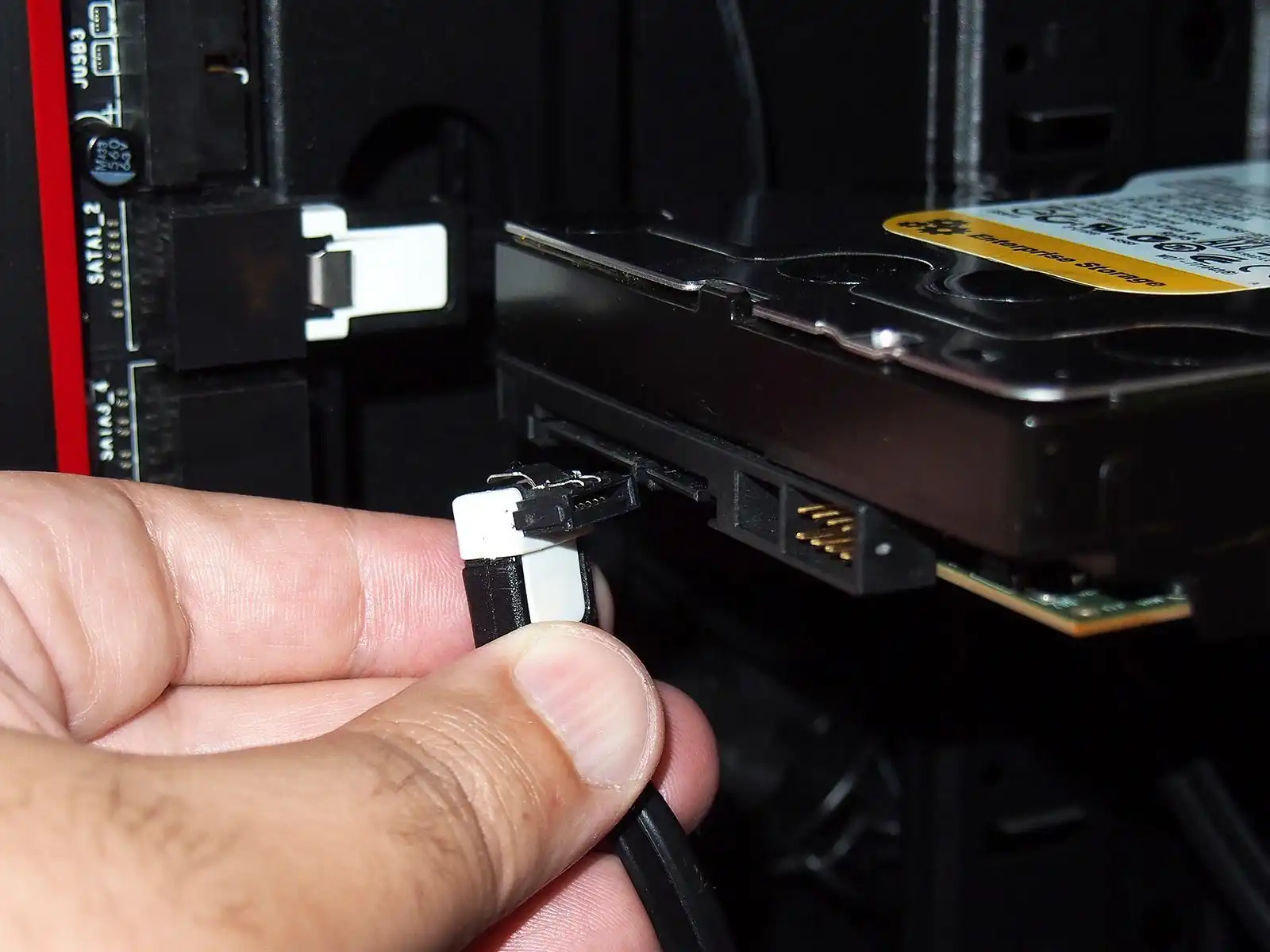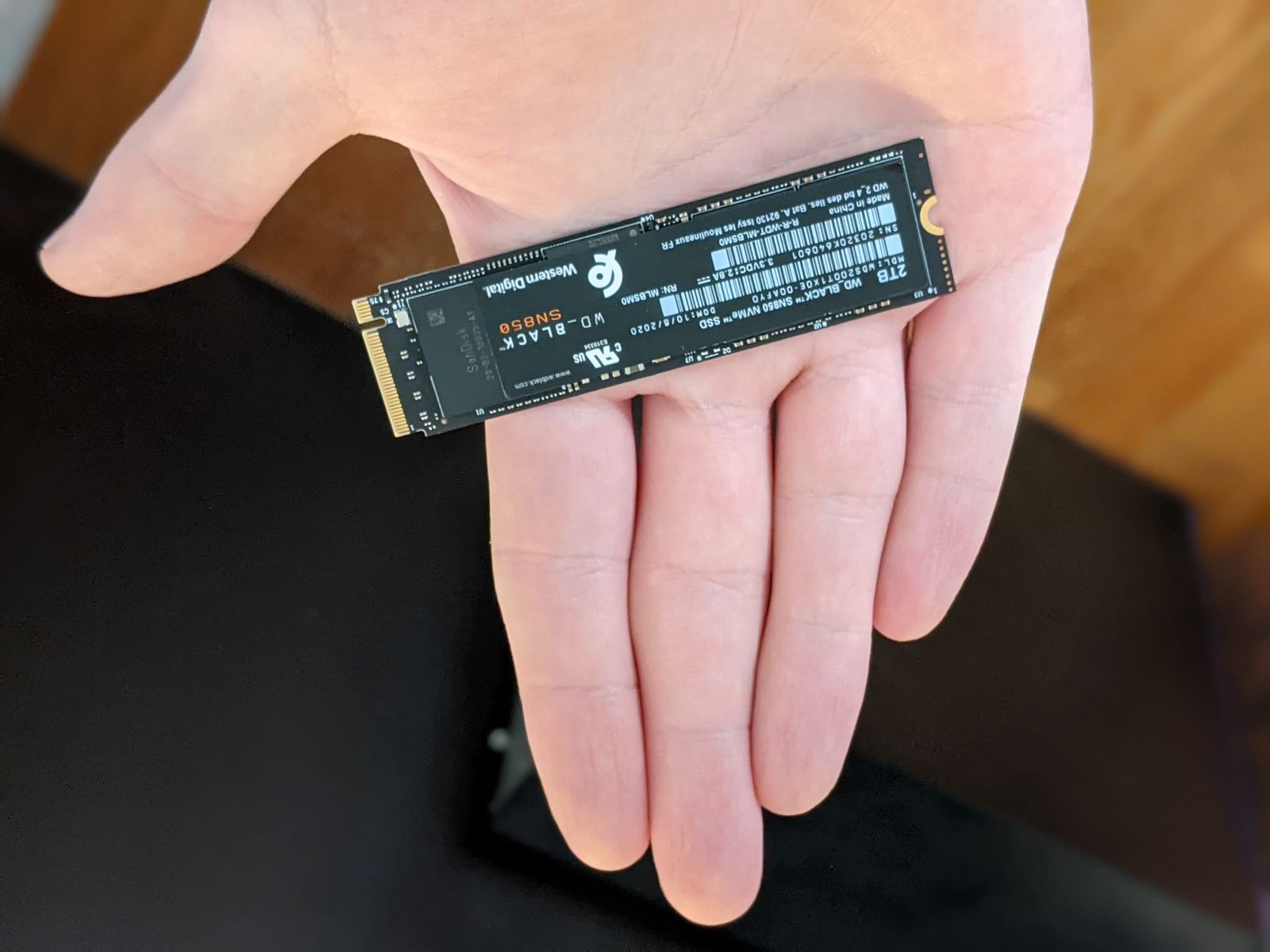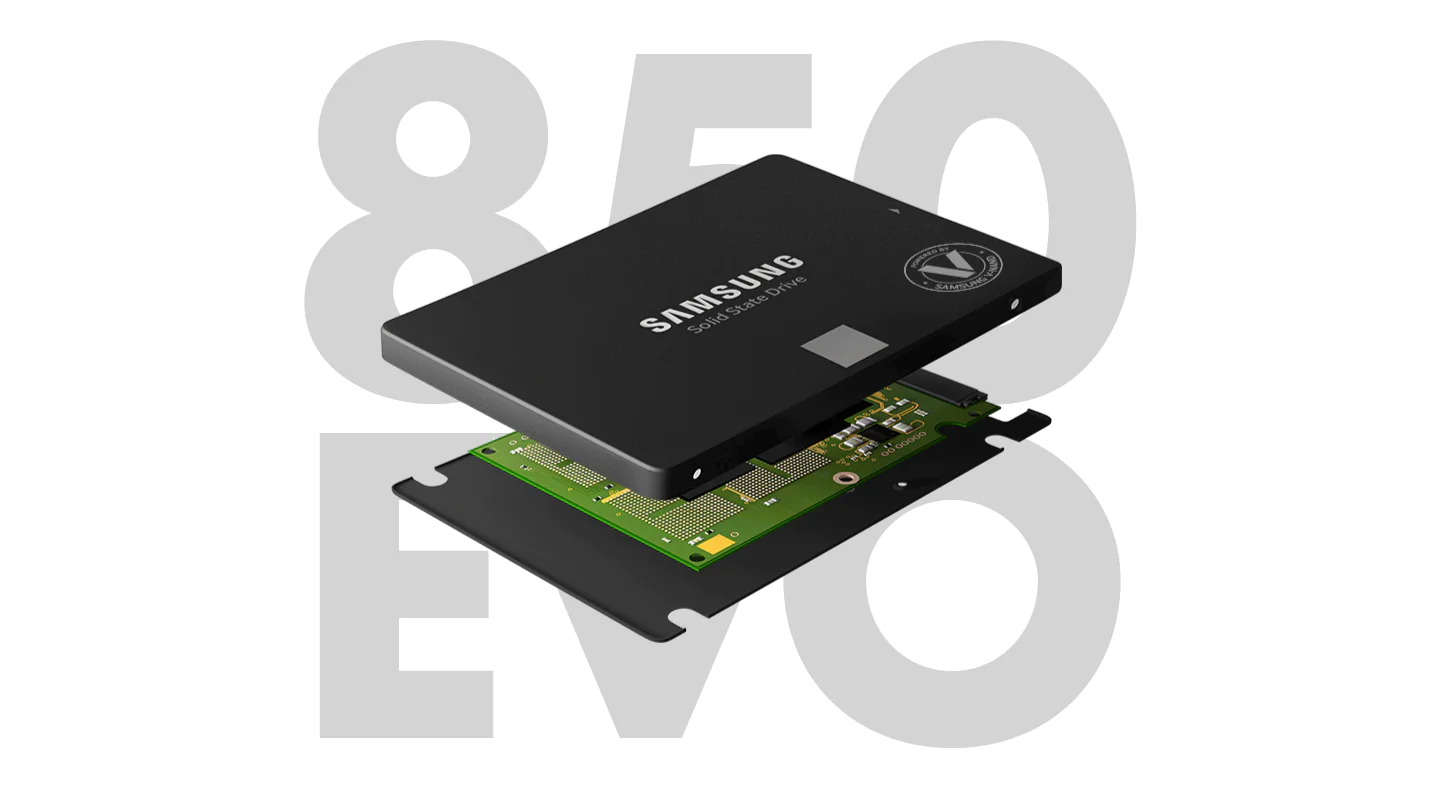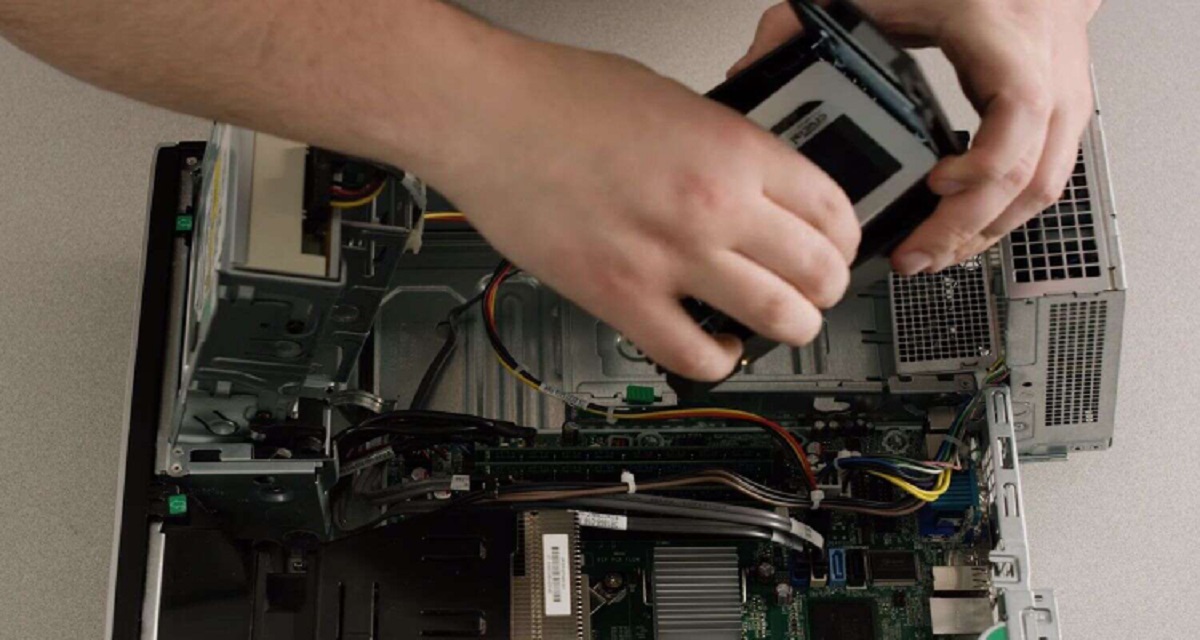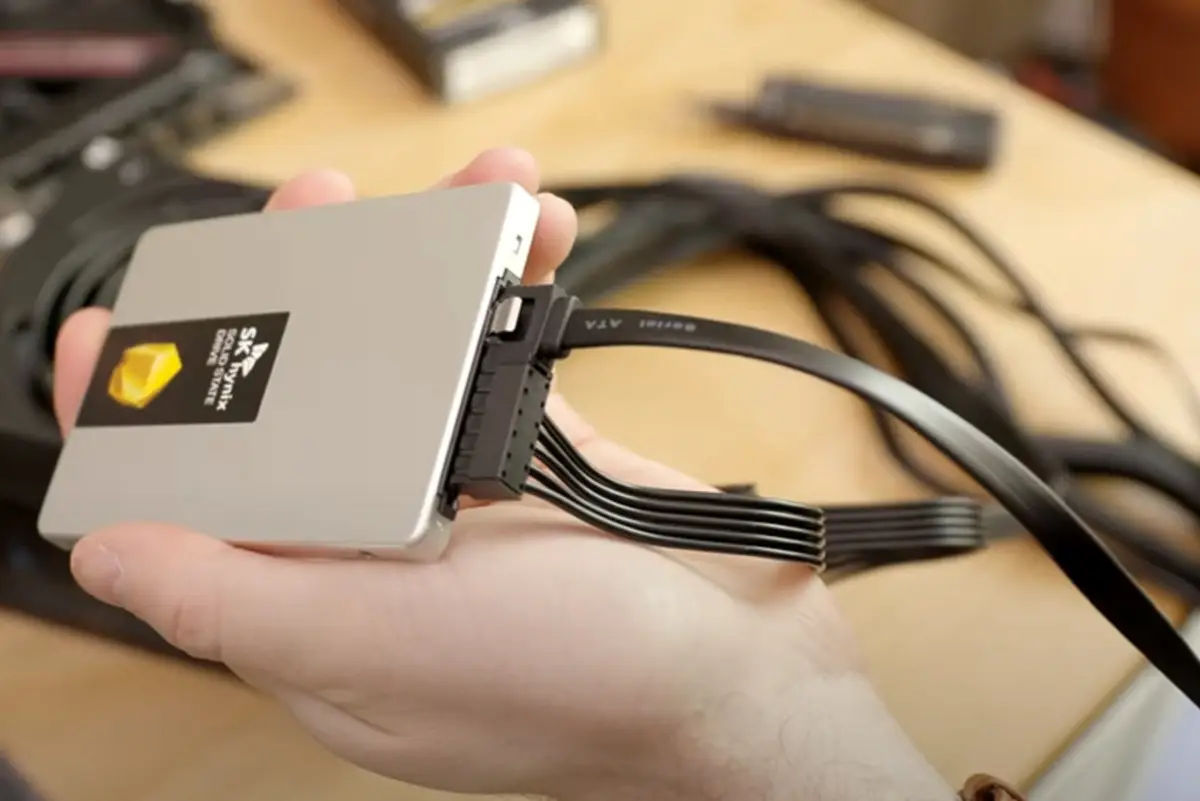Introduction
When it comes to upgrading your storage system, the type of SATA port you choose for your SSD can greatly impact its performance. SATA (Serial Advanced Technology Attachment) ports are the standard connectors used to connect storage devices, including solid-state drives (SSDs), to motherboards. However, not all SATA ports are created equal; they come in different versions, each with varying speeds and features.
Understanding the different SATA ports available and their capabilities is essential for maximizing the performance of your SSD. In this article, we’ll explore the various types of SATA ports you may encounter and discuss the factors to consider when choosing the right port for your SSD.
Whether you’re a tech enthusiast looking to build a high-performance gaming rig or a casual user looking to upgrade your computer’s storage, knowing which SATA port to use for your SSD can make a significant difference in your overall system performance. So, let’s dive in and explore the world of SATA ports!
Why SATA Ports Matter for SSDs
Choosing the right SATA port for your SSD is crucial because it directly impacts the performance and speed of your storage system. The SATA port serves as the bridge between your SSD and your computer’s motherboard, allowing data to be transferred back and forth.
One of the primary reasons SATA ports matter for SSDs is their transfer speed capabilities. Different SATA versions offer varying data transfer rates, which can significantly affect the read and write speeds of your SSD. A faster SATA port means quicker data transfer, resulting in faster boot times, shorter file transfer durations, and overall snappier system performance.
In addition to transfer speeds, the type of SATA port you choose can also affect the features and capabilities of your SSD. For example, some SATA ports support features like hot-swapping, which allows you to connect or disconnect your SSD while the computer is running, without the need for a system restart. Other ports may offer enhanced compatibility or overclocking support, enabling you to extract even more performance from your SSD.
It’s important to note that the speed of your SSD itself also plays a role in determining the overall performance. While upgrading to a faster SATA port can improve the transfer speeds, it won’t magically make a slower SSD perform at blazing speeds. However, if you’re using a high-performance SSD, choosing the right SATA version to match its capabilities can help you unleash its full potential.
Ultimately, SATA ports matter for SSDs because they dictate the speed, features, and compatibility of your storage system. By understanding the different types of SATA ports available, you can make an informed decision and optimize the performance of your SSD.
Different Types of SATA Ports
There are several types of SATA ports available, each offering different speeds and features. Let’s take a closer look at the most common types:
- SATA 2 (3Gbps) Ports: SATA 2 ports were introduced in 2004 and offer a maximum data transfer rate of 3 gigabits per second (Gbps). These ports are commonly found on older computers and motherboards. While slower compared to newer SATA versions, they still provide decent performance for most applications. SATA 2 ports are compatible with all SATA drives, including SSDs.
- SATA 3 (6Gbps) Ports: SATA 3 ports, introduced in 2009, offer double the speed of SATA 2 ports, with a maximum data transfer rate of 6Gbps. This increased speed makes them ideal for SSDs, as it allows for faster read and write speeds, delivering a significant boost in performance. SATA 3 ports are backward compatible, meaning you can use SATA 2 drives on these ports, albeit at lower speeds.
- SATA Express (20Gbps) Ports: SATA Express combines the traditional SATA and PCI Express (PCIe) technologies to achieve faster speeds. SATA Express ports can offer a maximum data transfer rate of 20Gbps, revolutionizing storage performance. However, SATA Express failed to gain widespread adoption, and newer technologies like M.2 have become more popular due to their smaller form factor and even higher speeds.
- M.2 SATA Ports: M.2 SATA ports are a newer type of connector commonly found on modern motherboards. M.2 SATA ports support both SATA and PCIe interfaces, allowing for even faster data transfer speeds. The M.2 form factor allows for compact and space-saving SSD installation, making it a popular choice for slim and portable devices. M.2 SATA ports offer similar speeds to SATA 3 ports but in a more compact and versatile package.
Understanding the different types of SATA ports available is essential when choosing the right port for your SSD. It’s crucial to consider the speed requirements of your SSD and the compatibility with your motherboard before making a decision.
SATA 2 (3Gbps) Ports
SATA 2 ports, also known as SATA 3Gb/s or SATA II, were introduced in 2004 as an improvement over the original SATA 1.0 standard. These ports offer a maximum data transfer rate of 3 gigabits per second (Gbps), which translates to around 300 megabytes per second (MB/s).
SATA 2 ports are commonly found on older computers and motherboards. Although they may not offer the lightning-fast speeds of newer SATA versions, they still provide decent performance for most everyday applications.
When it comes to compatibility, SATA 2 ports can accommodate both HDDs (hard disk drives) and SSDs (solid-state drives). However, it’s worth noting that the full potential of a high-performance SSD may not be realized on a SATA 2 port. While the speeds will still be faster than traditional HDDs, the bottleneck lies in the maximum data transfer rate of the SATA 2 interface.
Despite being an older standard, SATA 2 ports have their advantages. They are widely supported and compatible, making them a reliable choice for connecting storage devices. Additionally, if you’re using an older computer or motherboard, you may not have the option to upgrade to a faster SATA version without replacing the entire system.
If you’re considering using a SATA 2 port for your SSD, keep in mind that it may not provide the optimal performance that newer SATA versions offer. However, it can still be a cost-effective solution, especially if you have an older system that doesn’t support newer SATA standards.
In summary, SATA 2 ports offer a maximum data transfer rate of 3Gbps, suitable for connecting both HDDs and SSDs. While not as fast as newer SATA versions, they still provide respectable performance for most applications. If you have an older computer or need a budget-friendly option, SATA 2 ports can still get the job done.
SATA 3 (6Gbps) Ports
SATA 3 ports, also known as SATA 6Gb/s or SATA III, were introduced in 2009 as the successor to SATA 2. These ports offer a maximum data transfer rate of 6 gigabits per second (Gbps), which is double the speed of SATA 2 ports.
SATA 3 ports provide significantly faster data transfer speeds, allowing for improved performance when using SSDs. With a maximum transfer rate of approximately 600 megabytes per second (MB/s), SATA 3 ports offer snappier boot times, quicker file transfers, and reduced loading times for applications.
One of the major advantages of SATA 3 ports is their backward compatibility with older SATA 2 and SATA 1 drives. This means that you can connect your older hard drives or SSDs to a SATA 3 port without any issues, although they will operate at their respective maximum speeds depending on the SATA version.
If you’re considering using a high-performance SSD or want to future-proof your system, SATA 3 ports are a recommended choice. These ports can fully harness the capabilities of modern SSDs, making them ideal for tasks that require quick access to large amounts of data, such as gaming, video editing, and data-intensive applications.
It’s worth noting that to take full advantage of SATA 3 speeds, both your motherboard and SSD need to support the SATA 3 specification. Some older motherboards or entry-level SSDs may still utilize SATA 2 ports, limiting the overall performance potential.
Overall, SATA 3 ports provide a significant performance boost compared to SATA 2 for SSDs. They offer double the data transfer rate, allowing for faster read and write speeds. If you’re looking to maximize the performance of your SSD and ensure optimal system responsiveness, opting for a motherboard with SATA 3 ports is highly recommended.
SATA Express (20Gbps) Ports
SATA Express is a relatively newer technology that combines the traditional SATA and PCIe (Peripheral Component Interconnect Express) interfaces. It was introduced as an attempt to provide faster transfer speeds and improved storage performance.
SATA Express ports are capable of achieving a maximum data transfer rate of 20 gigabits per second (Gbps), making them significantly faster than both SATA 2 and SATA 3 ports. This increased speed allows for lightning-fast read and write speeds, greatly enhancing the performance of SSDs.
While SATA Express showed promise, it did not gain widespread adoption in the computing industry. The technology faced limited implementation due to various challenges, including high costs and the emergence of other faster storage interfaces like M.2.
It’s important to note that SATA Express interfaces are not backward compatible with standard SATA drives or cables. However, compatibility adapters are available to convert SATA Express ports to standard SATA connectors, allowing for the use of traditional SATA drives.
Despite its limited adoption, SATA Express paved the way for newer storage technologies with even faster speeds, such as NVMe (Non-Volatile Memory Express). NVMe SSDs, typically found in M.2 form factors, offer faster speeds and are becoming the preferred choice for high-performance storage solutions.
In summary, SATA Express ports provide a maximum transfer rate of 20Gbps, offering significantly faster speeds than both SATA 2 and SATA 3. Although the technology did not achieve widespread popularity, it laid the foundation for future storage technologies like NVMe. If you come across a system with SATA Express ports, consider the compatibility requirements and your specific storage needs before making a decision.
M.2 SATA Ports
M.2 SATA ports are a newer type of connector commonly found on modern motherboards. These ports support both the SATA and PCIe (Peripheral Component Interconnect Express) interfaces, making them versatile and capable of achieving faster data transfer speeds.
M.2 SATA ports offer similar speeds to SATA 3 ports, with a maximum data transfer rate of 6 gigabits per second (Gbps). However, their main advantage lies in their compact form factor. M.2 drives are smaller than traditional 2.5-inch SSDs, allowing for easy installation in slim and portable devices.
One of the significant benefits of M.2 SATA ports is their compatibility with both SATA SSDs and PCIe-based NVMe (Non-Volatile Memory Express) SSDs. This versatility allows users to choose from a wide range of storage options according to their specific requirements and budget.
It’s essential to note that the availability of M.2 SATA ports can vary depending on the motherboard model. Some motherboards only offer PCIe-based M.2 slots, while others may have both SATA and PCIe options. Therefore, it’s crucial to check the specifications of your motherboard to ensure compatibility.
In terms of performance, M.2 SATA SSDs offer faster speeds than traditional HDDs and can rival the performance of SATA 3 SSDs. However, they may not match the blazing fast speeds offered by high-end PCIe-based NVMe SSDs. It’s recommended to assess your storage needs and budget before choosing between M.2 SATA and NVMe SSDs.
In summary, M.2 SATA ports provide a compact and versatile storage solution, compatible with both SATA and PCIe-based M.2 drives. With similar speeds to SATA 3, M.2 SATA SSDs are an excellent choice for those looking for faster storage performance in a smaller form factor. Consider the availability of M.2 SATA ports on your motherboard and your specific storage requirements when choosing between M.2 SATA and NVMe drives.
Factors to Consider when Choosing a SATA Port for your SSD
When selecting a SATA port for your SSD, there are several factors that you should consider to ensure the best performance and compatibility. Here are the key factors to keep in mind:
- SATA Version: Determine which SATA version your SSD supports. If you have a high-performance SSD, opt for a SATA 3 port to take full advantage of its capabilities. If your SSD supports only SATA 2, using a SATA 2 port will still provide decent performance, albeit at a slower transfer speed.
- Motherboard Compatibility: Check your motherboard’s specifications to ensure it has the desired SATA ports. Some motherboards may have a mix of different SATA versions or may lack certain ports altogether. Ensure that your desired SATA port is available and compatible with your motherboard.
- Transfer Speed Requirements: Consider your specific needs in terms of read and write speeds. If you engage in tasks that require frequent data transfers, such as video editing or gaming, a faster SATA port, such as SATA 3 or newer, may be beneficial for improved performance.
- Future Expansion: Consider your future upgrade plans. If you intend to upgrade to a faster SSD in the future, it’s wise to choose a motherboard with SATA ports compatible with your desired SATA version. This will provide flexibility and ensure compatibility with future SSD upgrades.
- Additional Features: Some SATA ports offer additional features like hot-swapping, which allows you to connect or disconnect drives without shutting down your computer. Check if these features are important to you and verify that your chosen port has them, if desired.
- Budget: Consider your budgetary constraints when choosing a SATA port. SATA 3 and newer ports tend to be more expensive than SATA 2 ports, so weigh the benefits of faster speeds against your budget to make an informed decision.
By considering these factors, you can select the most appropriate SATA port for your SSD, ensuring optimal performance, compatibility, and future-proofing for your storage system.
Conclusion
Choosing the right SATA port for your SSD is crucial for maximizing its performance and ensuring compatibility with your motherboard. SATA 3 ports offer faster speeds and improved performance compared to SATA 2, with a maximum data transfer rate of 6Gbps. However, SATA 2 ports can still provide decent performance for most everyday applications.
When making your decision, consider factors such as the SATA version supported by your SSD, motherboard compatibility, transfer speed requirements, future expansion plans, additional features, and your budget. Understanding the different types of SATA ports available, including SATA Express and M.2 SATA ports, can help you make an informed decision based on your specific needs.
Ultimately, the right SATA port for your SSD will depend on your individual requirements and budget. Whether you’re looking for high-speed performance, compatibility, or cost-effectiveness, carefully evaluate these factors to choose the most suitable SATA port for your needs.
Remember, upgrading to a faster SATA port can significantly improve your system’s performance, particularly when paired with a high-performance SSD. Take the time to research and select the right SATA port, and you’ll be one step closer to optimizing the performance of your storage system.







